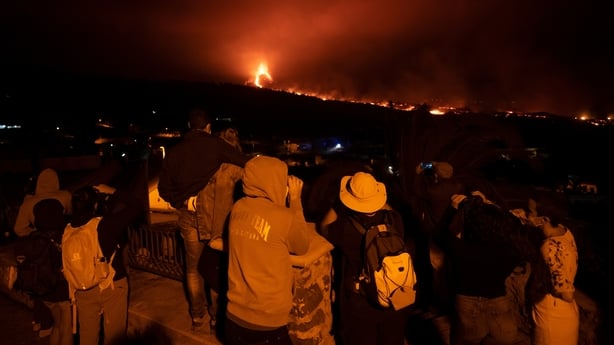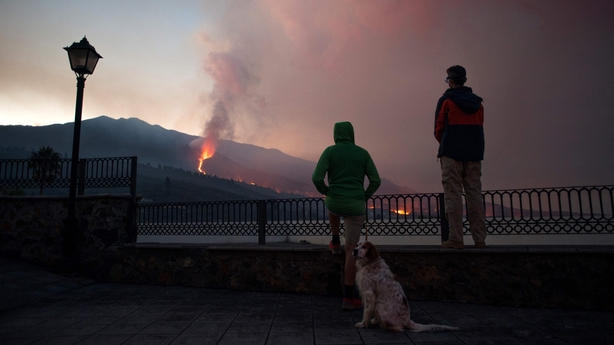Masses of molten lava rolled as large as three-story buildings on a hillside on the Spanish island of La Palma today as a series of tremors rocked the ground three weeks after the eruption.
The Spanish National Geological Institute (ING) said there were 21 seismic movements today, the largest of which was 3.8 that shook the earth in the villages of Mazo, Fuentalente and El Paso.
From Monday, Defense Minister Margarita Robles said during a visit that Spanish Navy personnel will help clean up the volcanic ash covering large parts of the island.
The Canary Islands Volcanic Institute said on Twitter that the lava flow, which reached temperatures of 1,240 degrees Celsius (2,264 degrees Fahrenheit), destroyed the last few buildings that remained standing in the village of Todoc.
ING spokesman Stavros Mililidis told Reuters that a partial collapse of the cone occurred near the eruption vent yesterday.
«The collapse of the northern flank of the Cumbre Vieja volcano has caused the release of large masses of material and the emergence of new flows passing through areas that have already been evacuated,» Spain’s National Security Administration wrote on Twitter.
«The lava has reached the Camino de la Gata industrial area and new buildings.»
The Canary Islands Volcanic Institute said rivers of lava have destroyed 1,186 structures since the eruption of the volcano on September 19.
The lava has engulfed 493 hectares of land, said Miguel Angel Morquinde, technical director of the Volcanic Emergency Plan for the Canary Islands (Pivolca).
About 6,000 people have been evacuated from their homes in La Palma, which has a population of about 83,000.
Lightning was seen near the eruption early yesterday. A study published in 2016 by Geophysical Research Letters found that lightning can be produced during volcanic eruptions because the collision of ash particles creates an electric charge.

«Lector profesional. Jugador galardonado. Aficionado a los zombis. Adicto a las redes sociales. Experto en tocino. Erudito en Internet»



